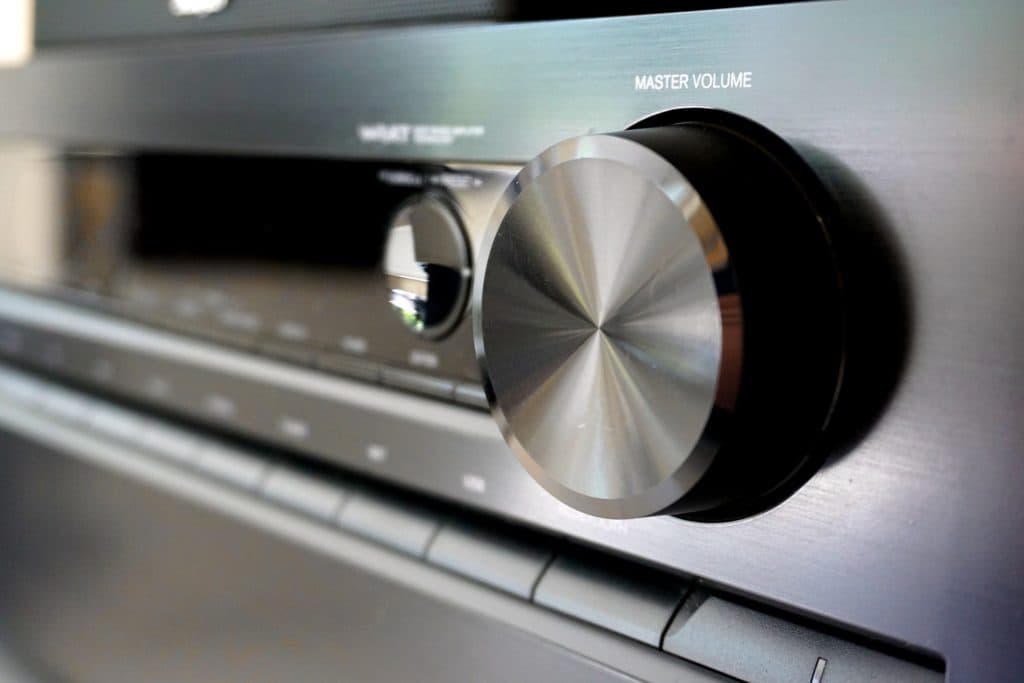
The Benefits Of Working To A Fixed Monitoring Level
What does it mean?
It means that you always work to the same output level.
You calibrate it once and you never change it.
At least when you do change it, you can immediately get back to that familiar level.
What are the benefits?
The benefits are plenty.
The easiest way to explain the benefits are by explaining the cons of not doing it.
You may be doing this already, but if you are constantly adjusting the gain on your amp or output monitor control, you are always moving the reference point which means your brain doesn’t know what’s loud to what’s quiet.
In a fixed monitoring environment, that variable is fixed, leaving the only other variable being the audio itself.
This allows you to measure things like EQ, dynamics, and loudness by ear, whilst giving yourself headroom.
Headroom
Let’s take Bob Katz’ K-System as an example. When you calibrate this, you are fixing an RMS level in your DAW to a real-world Sound Pressure Level at your listening position.
If you calibrate to K-12 for example, that means that -12 dBFS RMS in your DAW outputs at 86 dB SPL to your ears.
This means that -12 dBFS RMS equals loud.
The benefit here is that you still have 12 dB of headroom above that level to accommodate peaks and troughs.
This way you will never overcook your mixes/masters because it will just be too loud to your ears.
This forces you into good practices including…
Gain staging
Fixed monitoring is the easiest way to ensure good gain staging as it means that low level signals are loud to your ear with headroom above that.
For example, if I gain stage my levels to around -18 dBFS RMS, that would roughly equal 80 dB SPL to my ears. Plenty loud, plenty headroom.
EQ
The benefit here is that your brain can paint a picture of what good EQ sounds like over time.
This happens as you listen to music in that environment especially if you play back using loudness normalised streaming services.
The technical benefit here is due to the fact that the way we perceive EQ changes depending on the SPL level of the signal as per the Fletcher-Munson Curve. Now that we are fixed, we can internalise what good EQ sounds when it’s loud.
Dynamics
Much like with EQ, a fixed monitoring level allows you to make a judgment by ear on the macro dynamics of the material, whilst the available headroom takes care of the micro dynamics for you.
This simplifies everything.
That 12 dB of headroom above ‘loud’ forces you to preserve the peaks and transients.
Loudness
How can you know what the right loudness is without a fixed monitoring level?
This is one of the most major benefits.
Your ears can now tell you how loud a song should be.
Your brain over time will internalise what loud is and more importantly, what the right loudness is for what music.
How to set it up
As mentioned earlier in this article, the K-System is just one way to do it.
The way I wrote about before was to use Spotify.
Spotify practices loudness normalisation so it makes sense to calibrate it to that.
Happy calibrating!
This article was brought to you by Songcards
© 2025 Unlock Your Sound Ltd | Privacy Policy